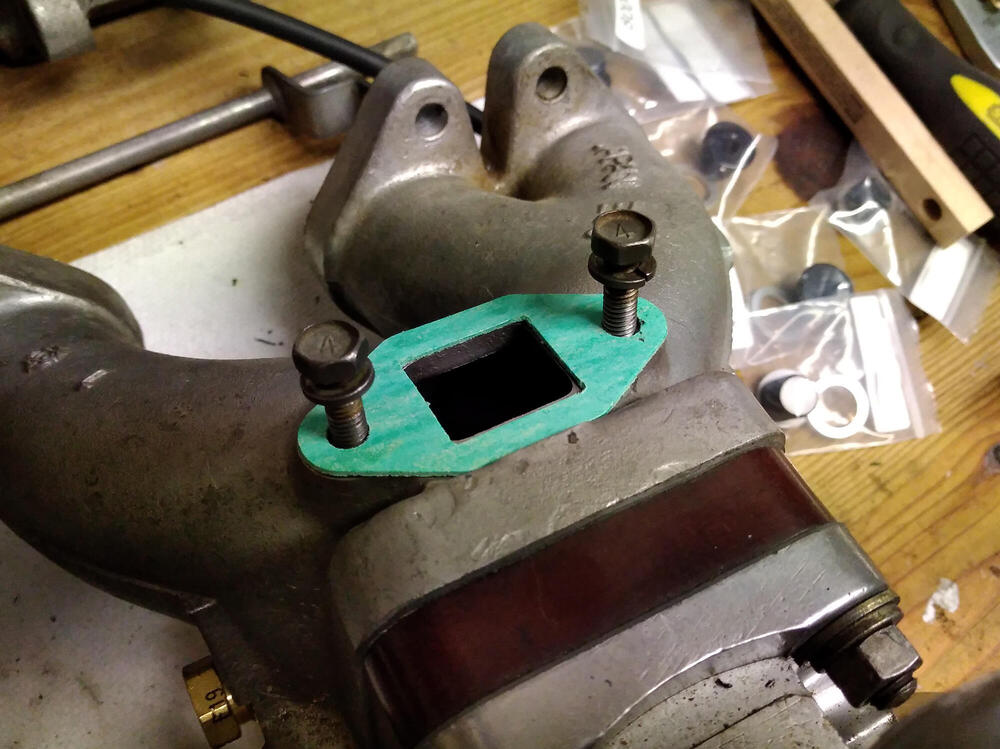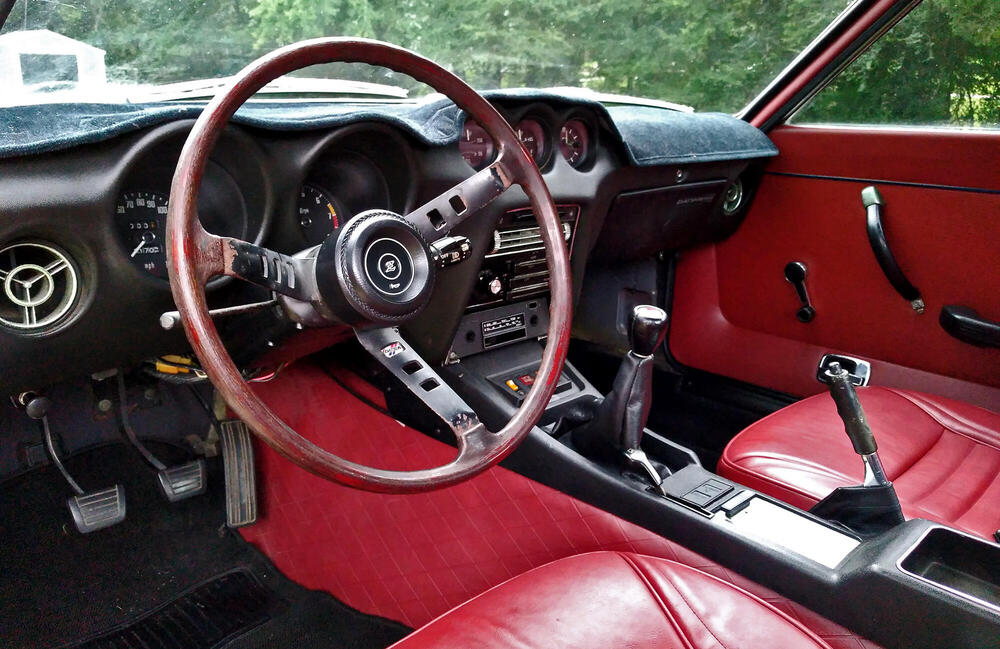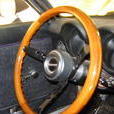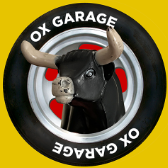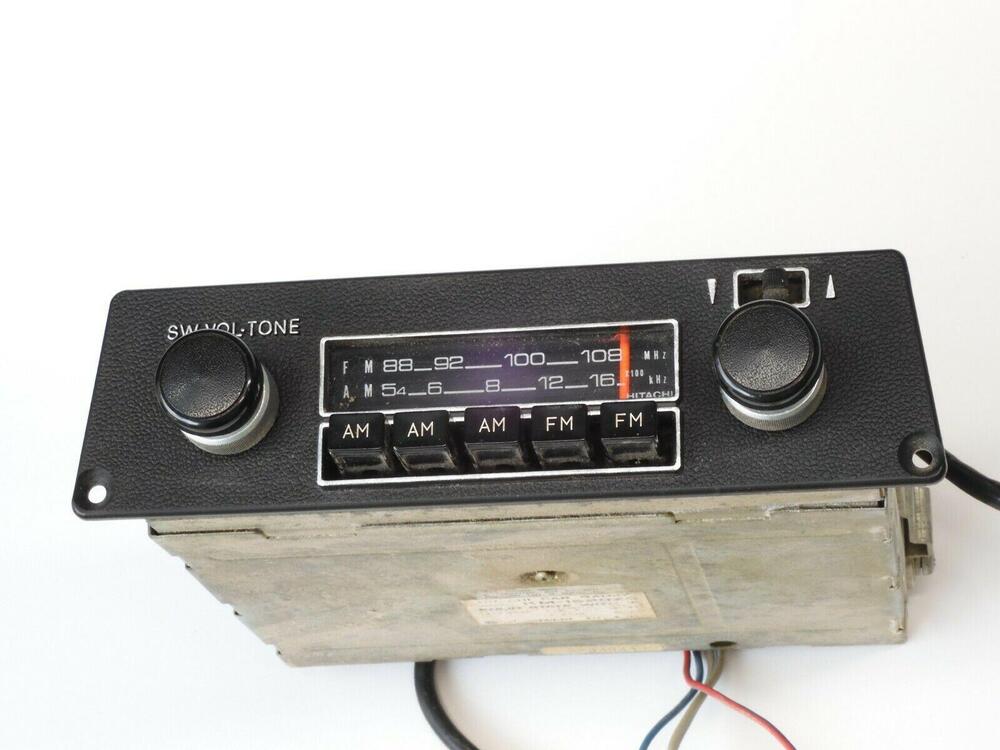Not sure that I agree. Once the engine gets up to normal operating temps, the carb heating loop is closed (as in: inactive, does nothing, might as well not be there). Any emissions-related benefits would be restricted to start and warmup conditions, where the presence of the manual choke would overwhelm any contribution that carb heating might make toward reduced exhaust emissions. Remember, too, that the federal exhaust emissions standards (and related compliance testing) at the time were performed only at ~ room temperature ambient air conditions and with the engine up to operating temperature (i.e. choke off, main thermostat open).
It was always my understanding that the carb heating circuit was introduced in an effort to inhibit drivability issues caused by carb icing. Not all carbureted engines suffer from this problem. As well, it apparently isn't specific to constant-vacuum carbs, nor to inline engines, nor to water-cooled engines. Nor to cold-weather operating conditions. It seems to occur only with certain combinations of engine, carburetor, and engine compartment layout and under certain air temperature/humidity/engine speed/throttle-opening conditions. Evidently, Nissan decided that it had heard enough reports of problems with early Z's to warrant spending the (not-inconsiderable) amount of money required to install the carb heating loop (complete with revised castings for the carb bodies and the thermostat housing).
There's a useful discussion of the Z's carb heating system on Hybrid-Z, here. And if you use the search function here on the CZCC site, you'll discover that several discussions about the system have taken place over the years.













